I was exploring the marvelous Bolsa Chica Ecological Reserve in Huntington Beach, California, and was, as always when 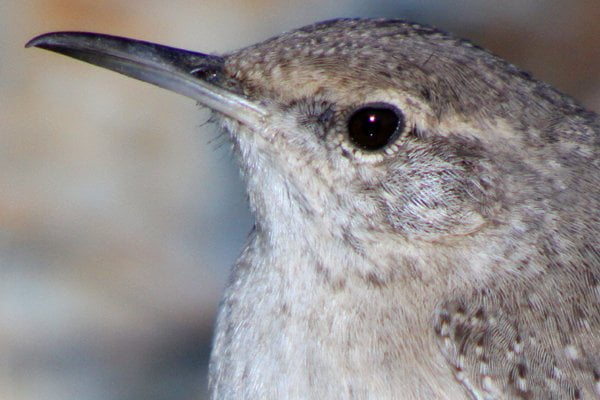 I visit this jewel of a wetland complex, overwhelmed by the sheer volume of birds that would have the rare bird alerts and listservs humming should they show up in New York. Then a little brown bird briefly flashed into view in the rocks that form the barrier into which the tidal gate is set. It popped up again with a caterpillar
I visit this jewel of a wetland complex, overwhelmed by the sheer volume of birds that would have the rare bird alerts and listservs humming should they show up in New York. Then a little brown bird briefly flashed into view in the rocks that form the barrier into which the tidal gate is set. It popped up again with a caterpillar 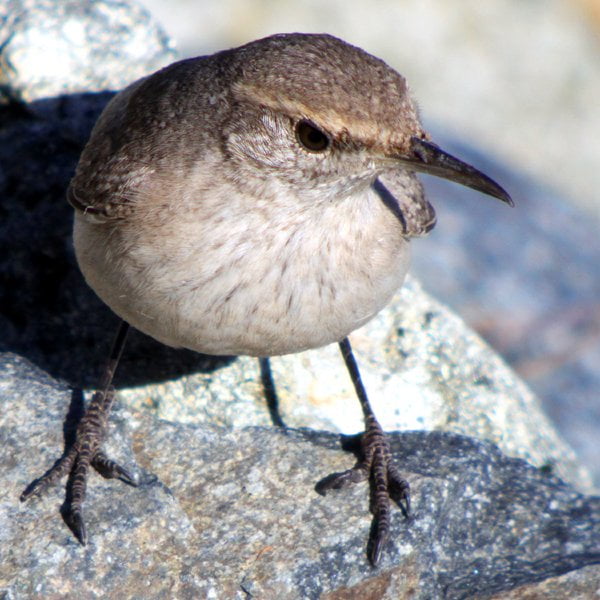 in its bill and I then enjoyed the best looks, by far, that I have ever had of a Rock Wren Salpinctes obsoletus. Not only did the Rock Wren shake the caterpillar and bash it against the rocks repeatedly but it ate chunks of it, tossed it around a couple of times, and generally put on a show until it lost what was left its lunch into a crevice from which even its long bill could not extract the caterpillar’s remains. Then the wren made a show of looking for something else to eat for awhile before a passing jogger flushed it to a different location. Not that I really minded, after all, I had just spent about ten minutes enjoying the bird and getting what I think are some pretty darn good shots. Not bad for only the seventh time I have ever encountered a Rock Wren.
in its bill and I then enjoyed the best looks, by far, that I have ever had of a Rock Wren Salpinctes obsoletus. Not only did the Rock Wren shake the caterpillar and bash it against the rocks repeatedly but it ate chunks of it, tossed it around a couple of times, and generally put on a show until it lost what was left its lunch into a crevice from which even its long bill could not extract the caterpillar’s remains. Then the wren made a show of looking for something else to eat for awhile before a passing jogger flushed it to a different location. Not that I really minded, after all, I had just spent about ten minutes enjoying the bird and getting what I think are some pretty darn good shots. Not bad for only the seventh time I have ever encountered a Rock Wren.
Rock Wren Salpinctes obsoletus (click for a bigger version)
Rock Wrens have a range from southwestern Canada through the western part of the United States and down to Central America. In winter they retreat from the northern extremes of their range and spend the cold months in the southwestern United States and points south. According to BirdLife International they are a Species of Least Concern because of their robust population and large range. Watching the Rock Wren demolish the caterpillar certainly made me agree with BirdLife International and also made me glad to not be a caterpillar! One need not be concerned about these bold brown birds.
…
This post was submitted to Bird Photography Weekly #123. Go check it out!


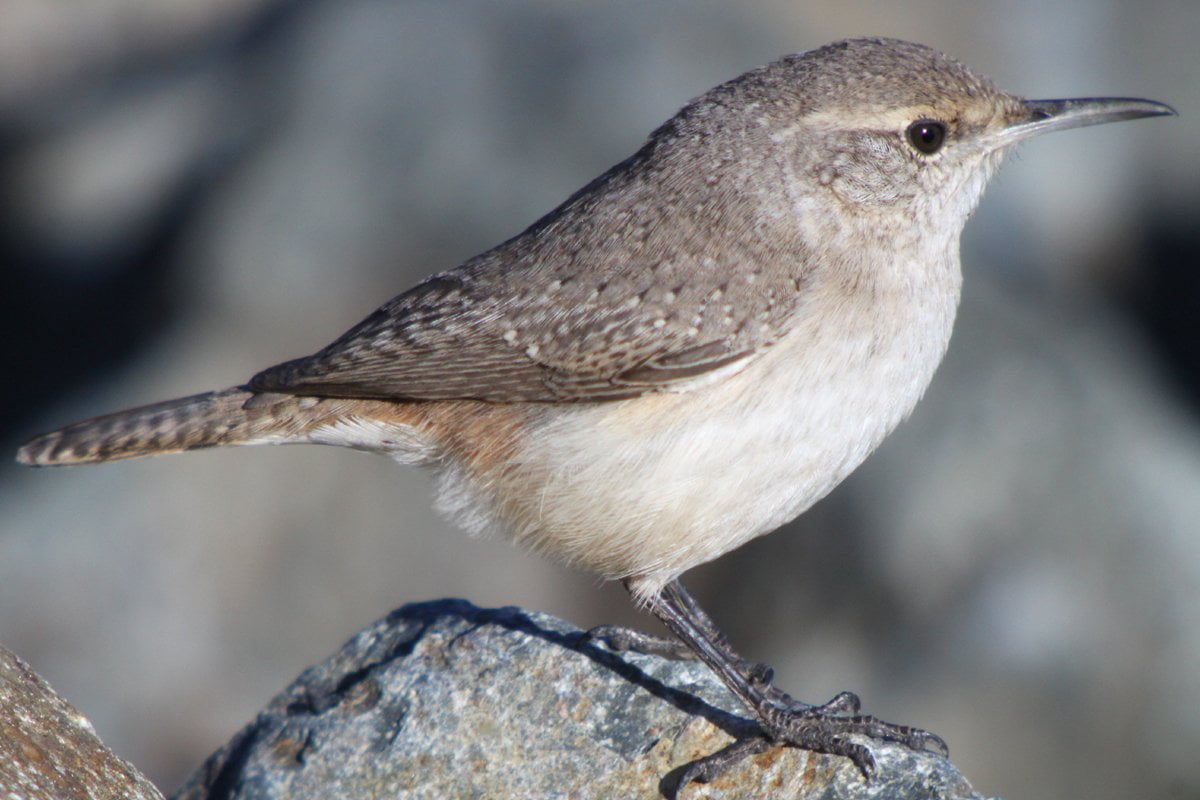
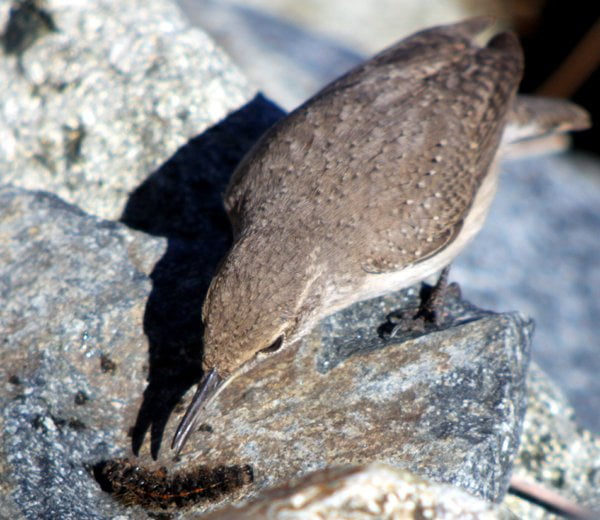
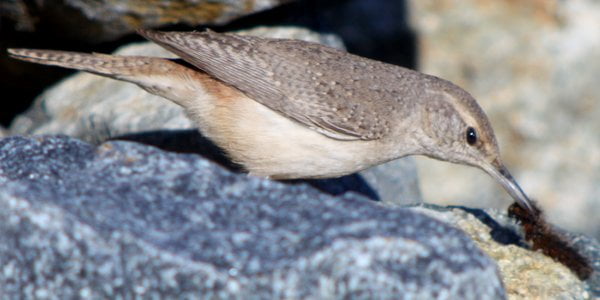
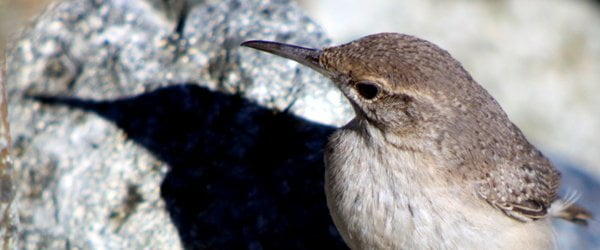
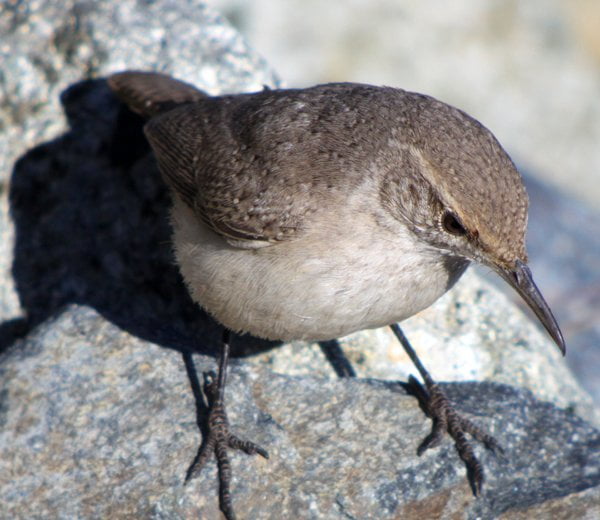
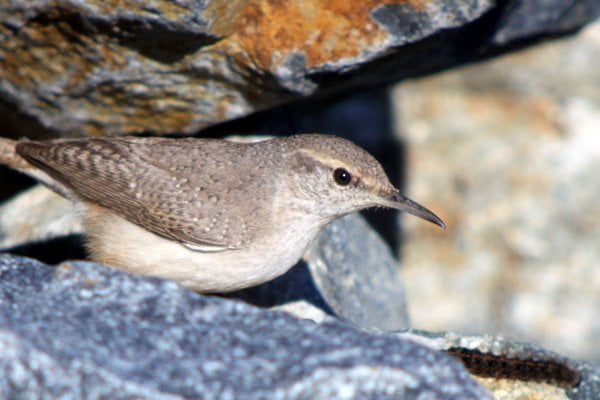
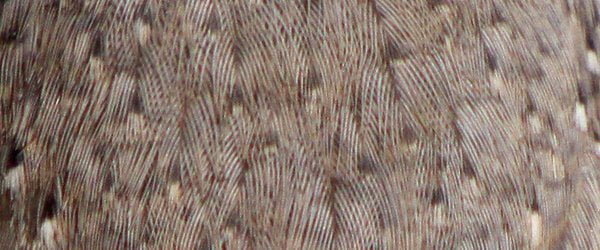
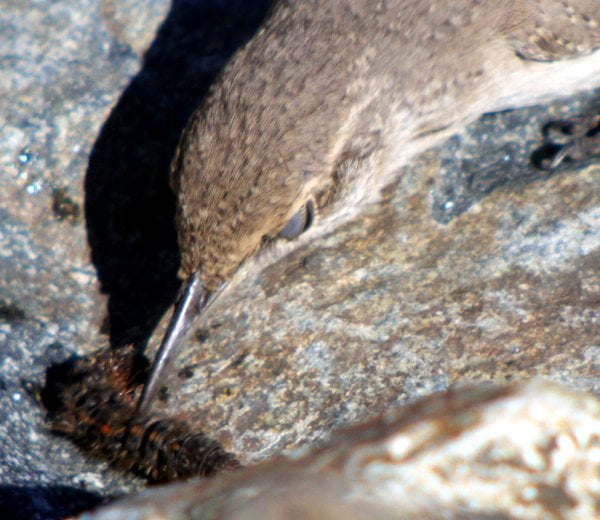
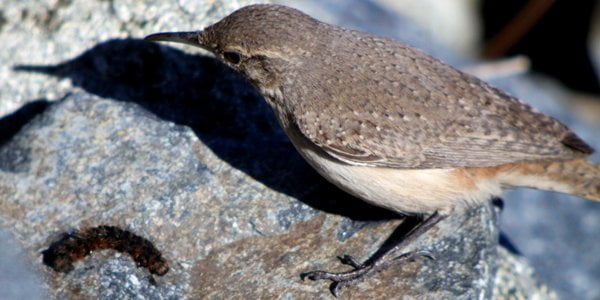
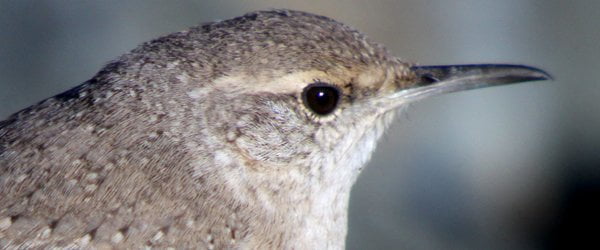

 New writers welcome – please contact us for details.
New writers welcome – please contact us for details.

















What a fabulous little bird!
I was able to make a stop there in August before heading to LAX, I could have spent all day watching the pelicans forage and the Long-billed Curlews strutting through the wetland. Truly an awesome birding spot!
Nice shots of the wren!
-Mike
Very cool shots of the wren Corey. Trust me you aren’t missing anything in NY still tons of snow.
This is a great series. He looks a lot like the wren who hangs around my back door all winter. Mine is probably a house wren but he takes off so quick when I open the door I haven’t gotten a good view of him much less a picture.
cool shots of that bird where were you when you took them?
Rock Wren! There was one at Gunlock Reservoir, Utah, who amused me for hours (o.k., many minutes) doing plies on the rocks. Up and down, up and down. They are very energetic birds!
Those are some amazing shots of a cool little bird!
Rock Wrens can be fearless! I have a deep love for Bolsa Chica, and have had many a life bird there over the years (Tricolored Heron, Sooty Tern, Sandwich Tern, Sharp-tailed Sandpiper…you get it). I’m amazed they were able to expand the tidal area…truly a crippling place.
Ah, my arch-nemesis: the dreaded “little brown bird.” Wonderful shots of the Rock Wren, Corey!
Thanks, all!
@noflickster and Seagullsteve: I LOVE Bolsa Chica.
@Tom: So glad to be in sunny SoCal.
@Edwin: Umm…read the first paragraph.
Undoubtedly the best photos of a Rock Wren I have come across Corey. Did you really have to show off with the close-up of the feather detail?
But seriously, this is a beautiful little bird. I love their bubbly, trilly songs too.
Corey:
What a great story! I have lived most of my life (50 years) in So Calif. and have chased many a Rock Wren (and not many great shots to show for it). That you were able to get all these shots is fabulous. They move pretty fast and don’t stand still for very long. You have to have a long lens and a fast shutter. Usually their tail is nearly straight up (which immediately flags them as a Wren) but usually I hear them around my yard first, with their distinct buzzing sound. They love the hedges and fences but when they go into the hedge, it’s a lost opportunity.
I now carry my camera with me everywhere. Nature is spontaneous and you just might get lucky enough to get shots like yours. How fun! Especially since you are a native New Yorker. Thanks for sharing!
@Larry: Thanks! And of course I did…what a great bird!
@Erin: Thanks…I give all the credit to the bird. Here’s hoping you enjoy looks as good as what I got.